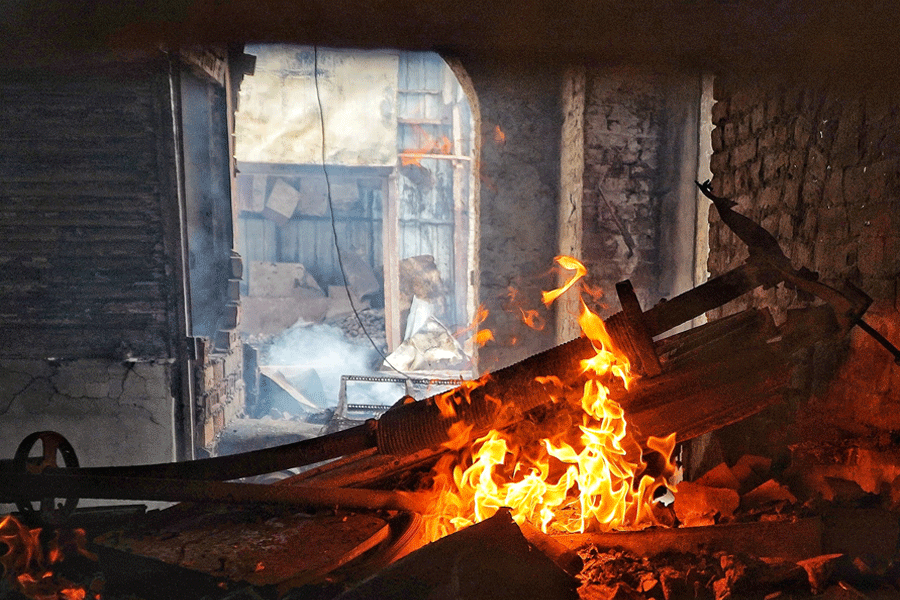 |
KnowHow team explains: They do this in order to save food for a lean day. But although all dogs may not have to worry about their meals, the trait is handed down to them by their ascendants. “Caching” (or hoarding) is very common among wild species of dogs.
Domestic dogs are thought to have descended from wild wolves that were tamed many years ago. Wolves often bury leftover food, returning to eat it when they are hungry again. And most dogs indulge in this act out of instinct, say scientists.
In the wild, many animals kill prey that is larger than they can eat in one sitting. Just as a Thanksgiving turkey will turn into sandwiches or soup the next day, predators try to save leftovers for future meals or midnight snacks.
Unfortunately, the animal world’s unwelcome houseguests seek to raid this treasure. Hyenas, jackals, vultures and other scavengers are quick to move in on any unfinished prey, sometimes before the predator is done eating it. As a result, many animals get their meals to go — eating them high in a tree or at a hidden location. Those animals that can’t climb trees or who lack hiding places will bury their food.
So, if your dog is found burying a bone, it may simply mean that she has more than enough to eat!
The question was sent by Ina Paul via email










